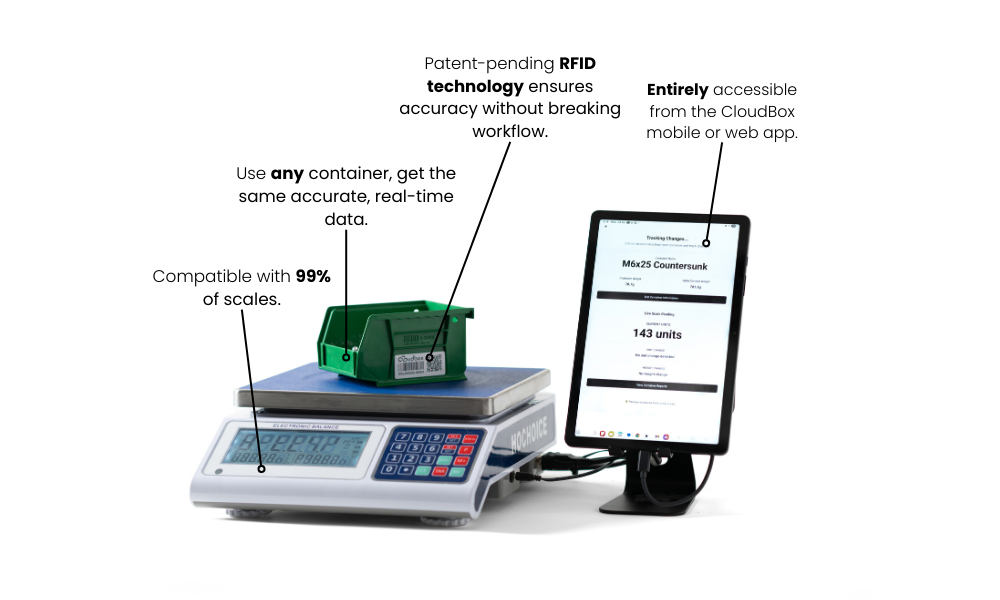.png)
Inventory errors are one of the most frustrating and expensive problems businesses face. From incorrect counts to misplaced items, even a small mistake can ripple through your entire operation. But why do these errors happen? And more importantly, what can you do to prevent them?
Common Causes of Inventory Errors
1. Human Error
Manual entry mistakes, miscounts during audits, and inconsistent documentation are leading causes of inventory issues. Even highly trained staff can make mistakes when processes are unclear or rushed.
2. Disorganized Storage
When products are stored inconsistently or without a clear system, items can be lost, overlooked, or double-counted. Disorganization causes confusion and wastes time.
3. Outdated Systems
Many operations still rely on spreadsheets or disconnected tools to track inventory. Without real-time visibility, discrepancies between digital records and physical stock are inevitable.
4. Inadequate Processes
Poorly defined receiving, stocking, and fulfillment workflows often lead to gaps in accountability. If one step is missed or skipped, the whole system can be thrown off.
5. Infrequent Audits
Some businesses wait until the end of the year to audit inventory. That gives errors months to pile up. Without consistent checks, problems go unnoticed and become expensive to fix.
What Inventory Errors Are Costing You
A 2024 Zebra Technologies report estimated that companies lose between 6 and 8 percent of their inventory value each year due to error and shrinkage. That loss affects not just profits, but also employee morale, customer satisfaction, and vendor relationships. One incorrect shipment can break trust. One missed order can lead to churn. These errors don’t just hurt your warehouse. They hurt your brand.
How to Prevent Inventory Errors
1. Perform Regular Audits
Move away from annual stock counts. Implement a cycle count process where high-value or fast-moving items are checked weekly or monthly.
2. Standardize Workflows
Create step-by-step guides for all inventory tasks. Make sure every employee is trained to follow the same procedures for receiving, stocking, and dispatching inventory.
3. Provide Ongoing Training
Make inventory accuracy a priority in your training programs. Offer quarterly refreshers so that everyone stays sharp and aligned.
4. Invest in Real-Time Visibility
Use tools that automatically update your inventory levels across systems. Real-time visibility ensures that your team is always working with accurate data.
5. Reduce System Complexity
The more tools you use to manage inventory, the higher the chance of error. Aim for a centralized solution that integrates easily with your existing workflows.
The Bottom Line
Every business deals with inventory errors at some point, but the most successful ones learn how to prevent them before they become costly. That starts with understanding the root causes and putting systems in place that reduce the risk of human error.
If your current system still relies on spreadsheets or manual tracking, you may be leaving money on the table. CloudBox provides real-time inventory tracking that simplifies audits, boosts confidence across your team, and eliminates the guesswork.
.avif)






.png)
.png)




